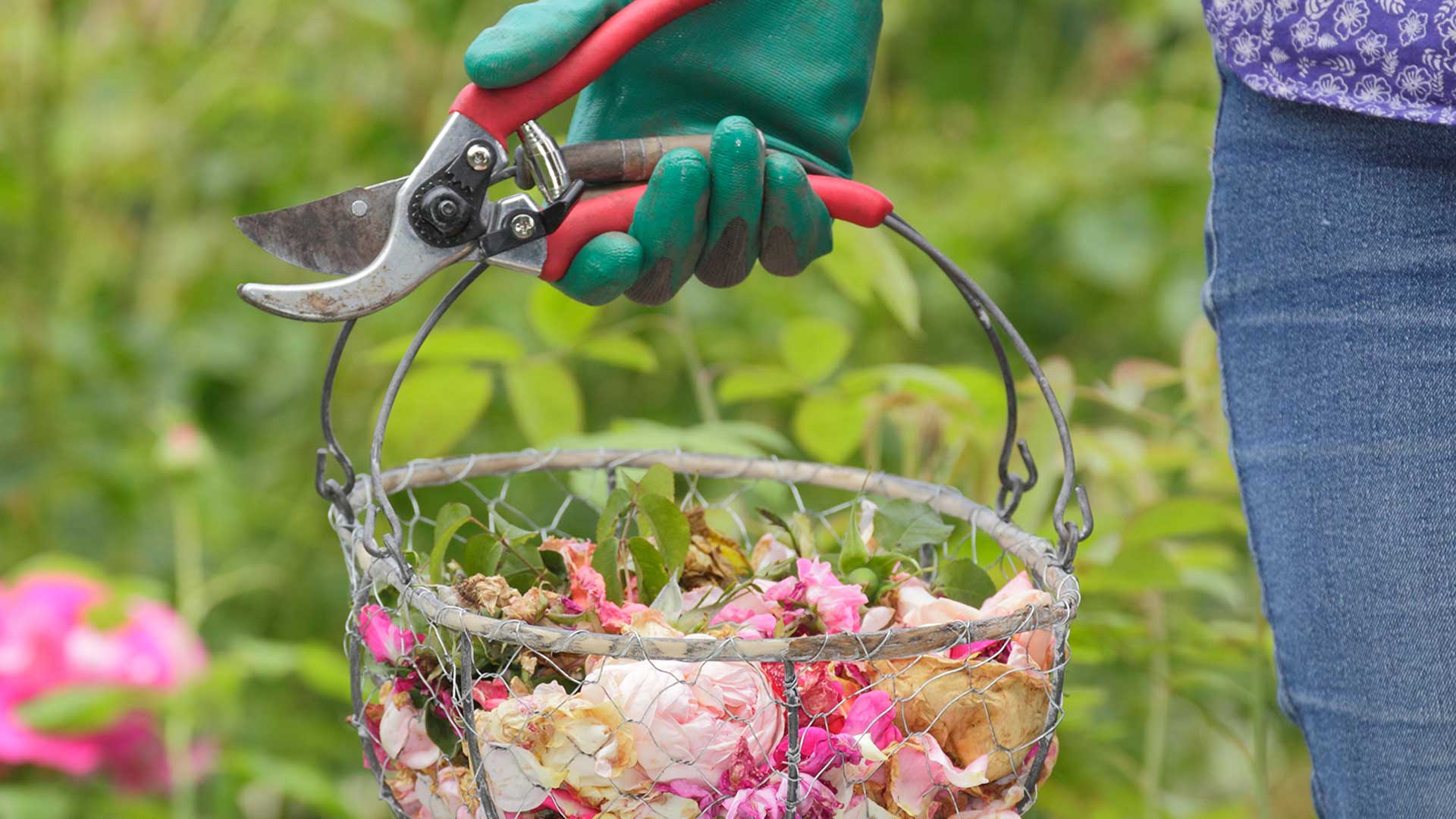
Learning how to deadhead plants is a simple enough task but one that holds great significance. If you're unfamiliar with the word, it's the process of removing any withered and dead blooms – and it has more than one benefit for your garden.
As you might expect, deadheading keeps your borders and flowerbeds looking healthy and vibrant, whatever your preferred garden trend. But it also encourages new blooms to form, often leading to a prolonged display. Plus, it prevents flowers from self-seeding, which stops them from spreading into areas you may not want them.
We chatted with gardening experts for their advice on this quick and easy job, as well as their tips on tools to use. Below, you'll find all the essentials for success, including a step-by-step guide.
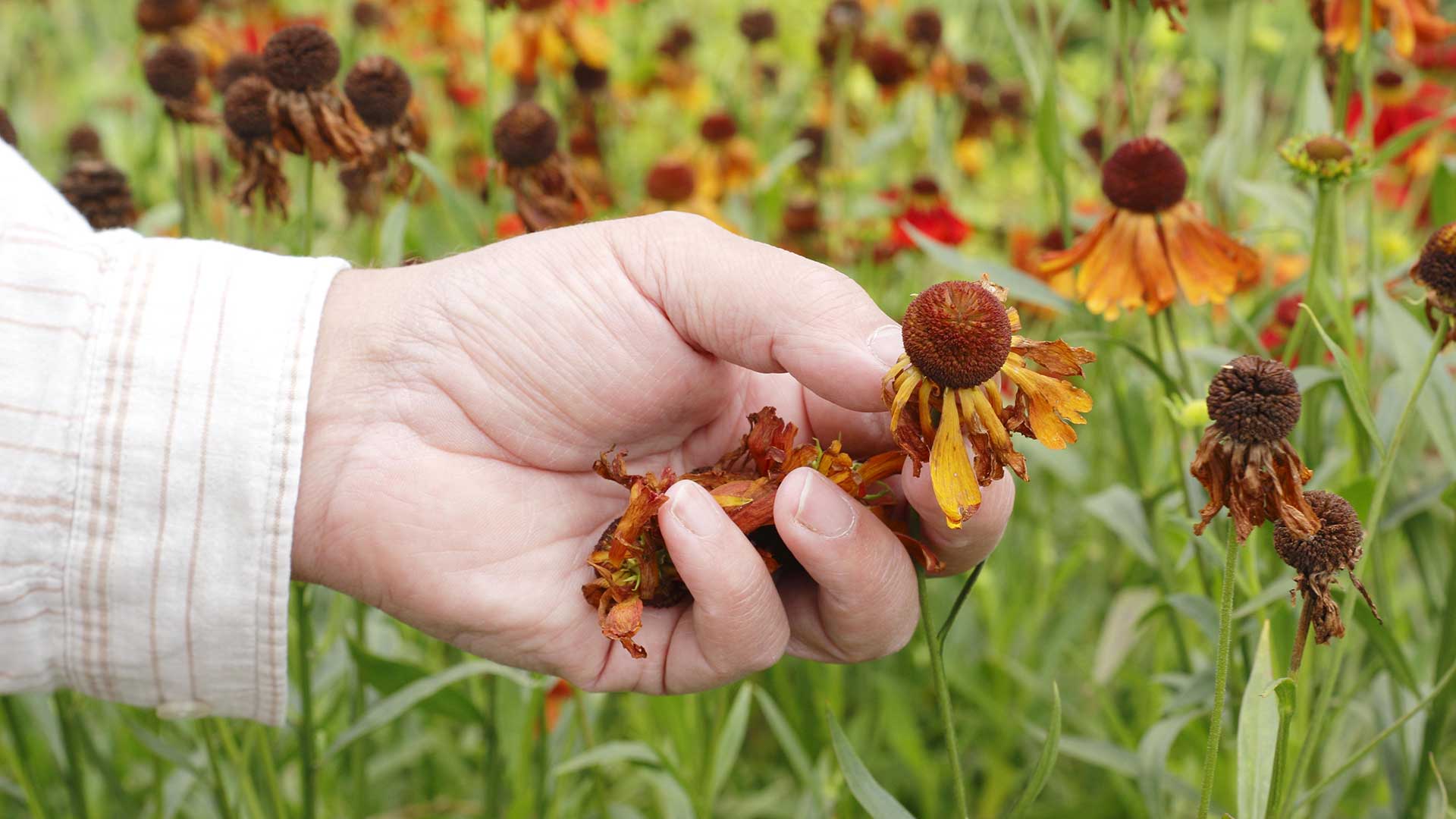
How to deadhead plants: easy 3-step guide
You may be wondering why deadheading can result in more blooms. Pim Dickson, senior product manager at Mr Fothergill’s Seeds Limited, explains. Removing dead flower heads prevents plants from setting seed, he says, and instead, they channel their energy into producing more flowers.
"When a plant sets its seed, it also releases hormones," Pim continues. This naturally reduces flowering because the biological drive to reproduce has been successfully completed. "So, it’s good to remove the spent flower heads as soon as possible."
As well as the other benefits mentioned above, there's another plus point, too. Tim Marshall, head gardener of Raby Castle, points out how deadheading improves air circulation around the plant, reducing the risk of disease. In other words, it can help keep your alluring plants healthy. And, it only takes three steps.
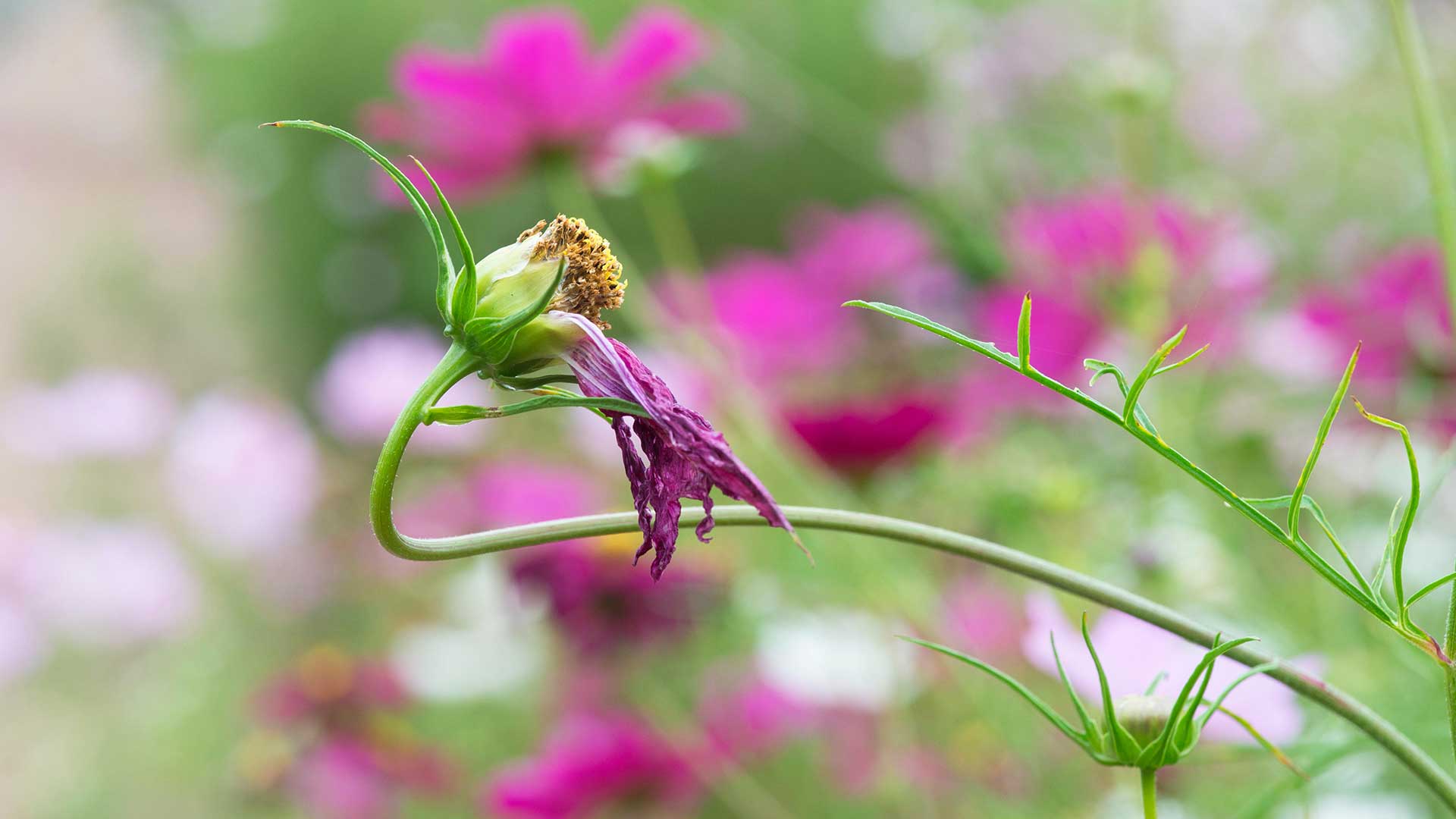
1. Get your tools ready
Some soft-stemmed plants can be deadheaded by simply snapping off the flowers with your fingers. Pelargoniums – one of the best patio container plants – are an example. But for others, it's worth investing in a sturdy pruning tool, such as some secateurs, which will give you precise cuts without causing damage.
Pim says it's a good idea to buy a pair of good-quality sharp snips to use solely for deadheading. He particularly recommends the compact flower snips with long slender blades and a sprung handle – "something like a cross between scissors and secateurs" – which are easy to get in amongst stems.
There are also "Cut and Hold" flower snips that will grip the cut flower head until you release it over your trug or bucket, making the whole process a super-efficient, one-handed operation, he adds.
Remember to wear gardening gloves, such as these ones from Sarah Raven, to protect your skin as you work. Some plants have irritant sap, while others, like roses, have thorns.
Steve Swanborough, a gardening expert at Henchman, points out how deadheading taller climbing plants, such as wisteria, may require a ladder. This may come in handy for pruning clematis, too. The Henchman tripod ladders (available from Amazon) are a good option, especially if you're working on uneven ground.
Top tip: Charles Carr of Hillier Garden Centres recommends cleaning your tools before and after cutting each plant to minimise the risk of sharing any diseases.
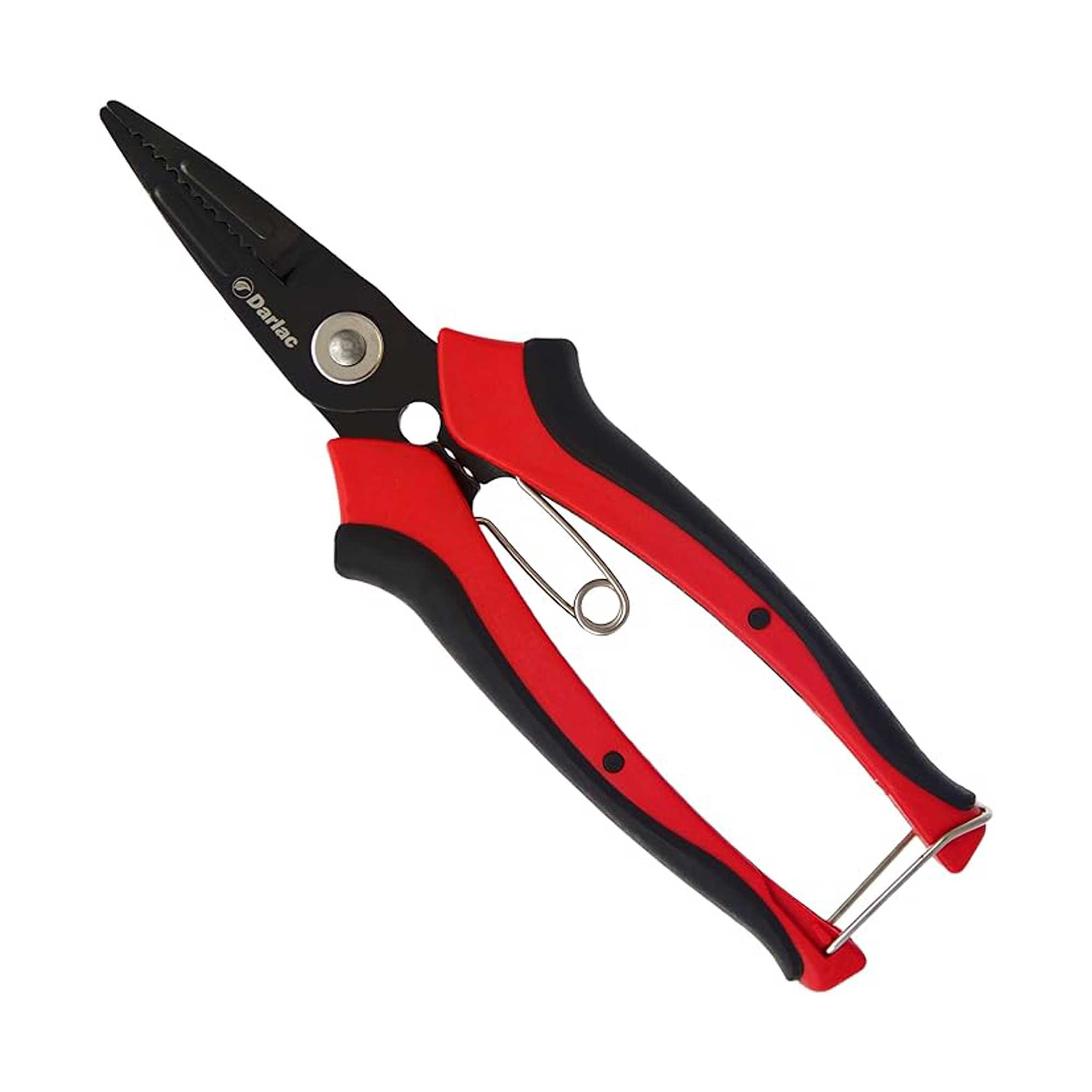
RRP: £12.45 |These lightweight yet durable snips from Darlac have a high carbon steel blade perfect for precisely deadheading blooms.
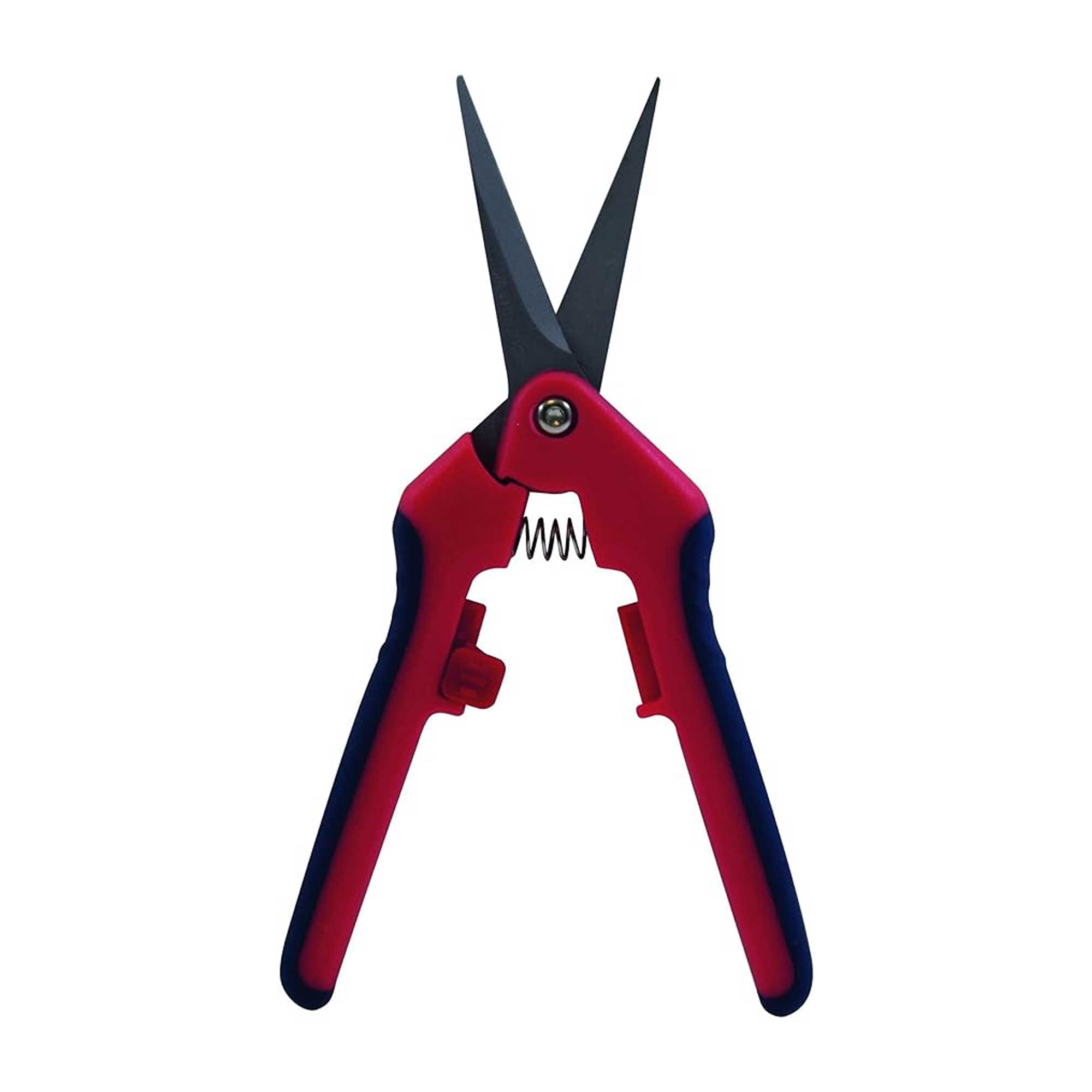
RRP: £7.15 | The long, slim blades on these Spear & Jackson snips are good for deadheading crowded borders. A built-in locking catch is also included.
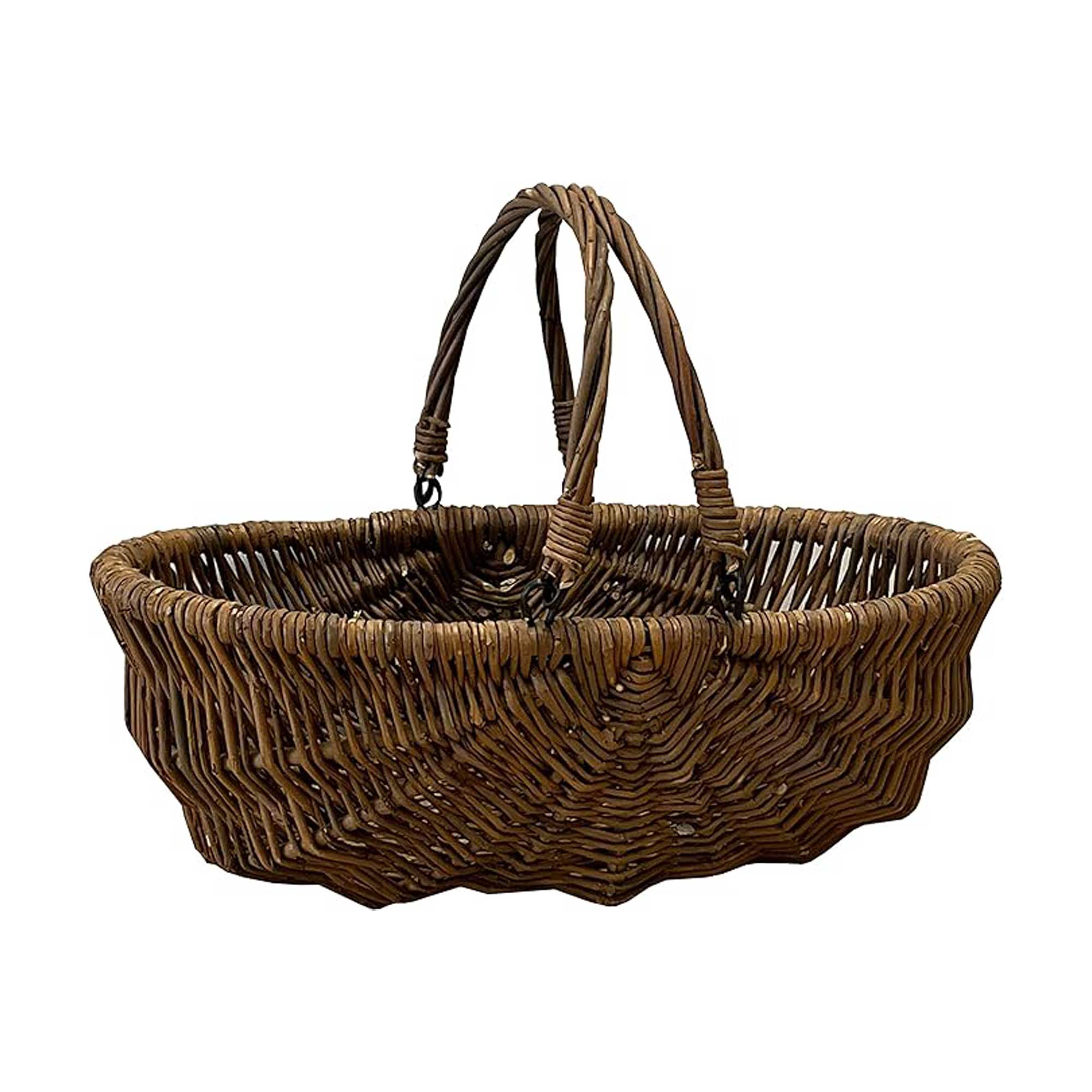
RRP: £19.99 | Gather spent flower heads in style with this rustic basket from Selections, complete with folding handles.
2. Cut at the right place
Just like when learning how to prune roses, it's important to get your snipping technique right.
Tim instructs to remove the entire flower, including the stem. He recommends cutting just above a leaf node or bud to encourage new growth. Usually, you won't need to cut too deeply into the plant. In fact, doing so can cause damage or disease, Tim notes.
Charles advises cutting at a slight angle to ensure that water runs off the cut and down the stem. Be sure to handle the plants with care to avoid damaging leaves and neighbouring buds, or accidentally cutting away new growth points, he adds.
Top tip: When daffodils have finished flowering, snip off the blooms but leave the stems and the leaves to continue to photosynthesise until they've turned yellow. This will help feed the bulbs, which encourages a good floral display the following year. You can deadhead tulips in this way, too.
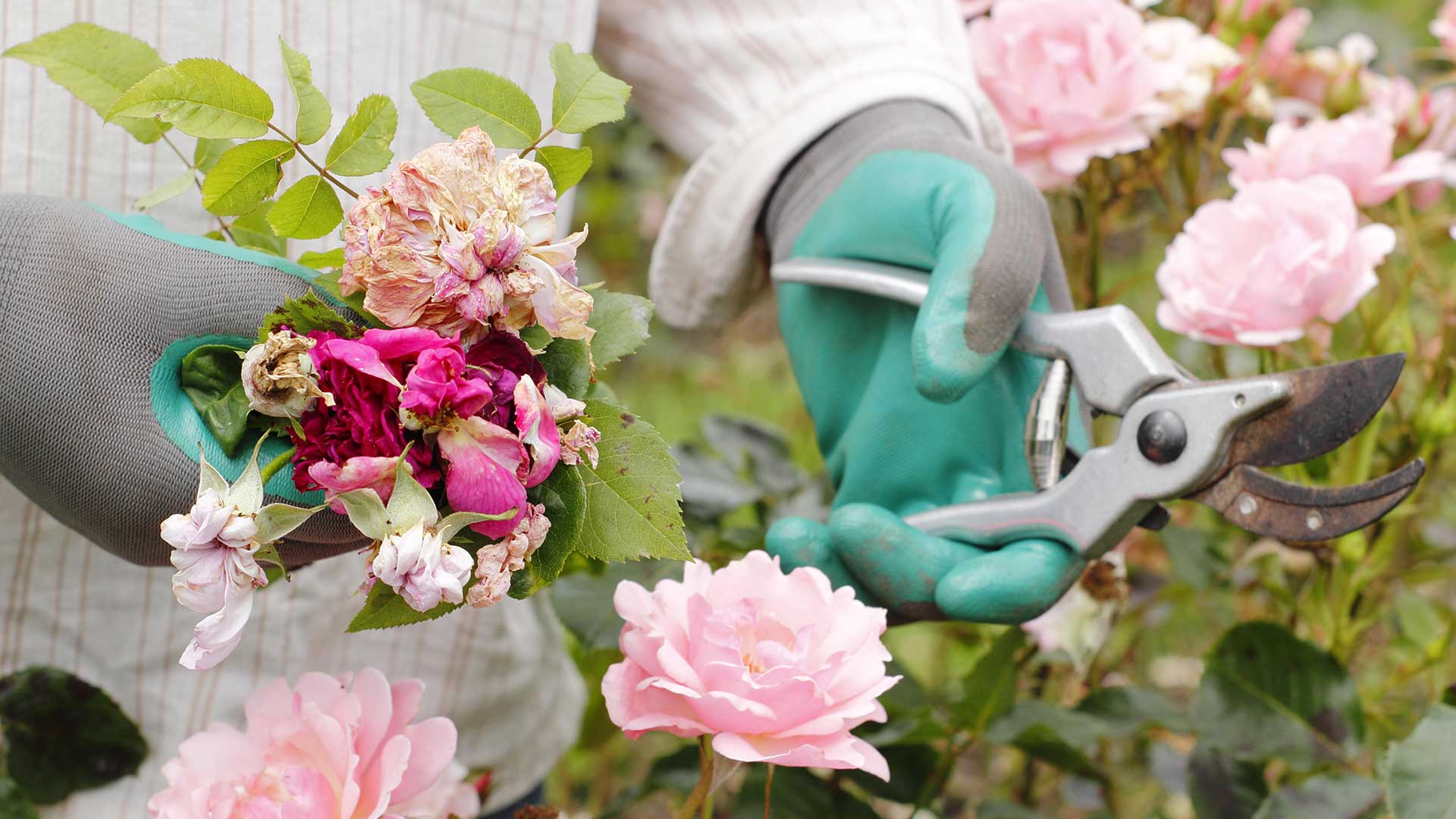
3. Dispose of the spent flowers
Once you've collected up the spent flowers, it's time to dispose of them. If you make compost at home, you can throw them onto the pile, provided they're not from diseased or pest-ridden plants. You don't want to risk spreading such problems around when you go to use your compost as mulch.
While deadheading is beneficial for encouraging new, healthy growth, don't forget to keep up a watering and feeding routine for your plants, too.
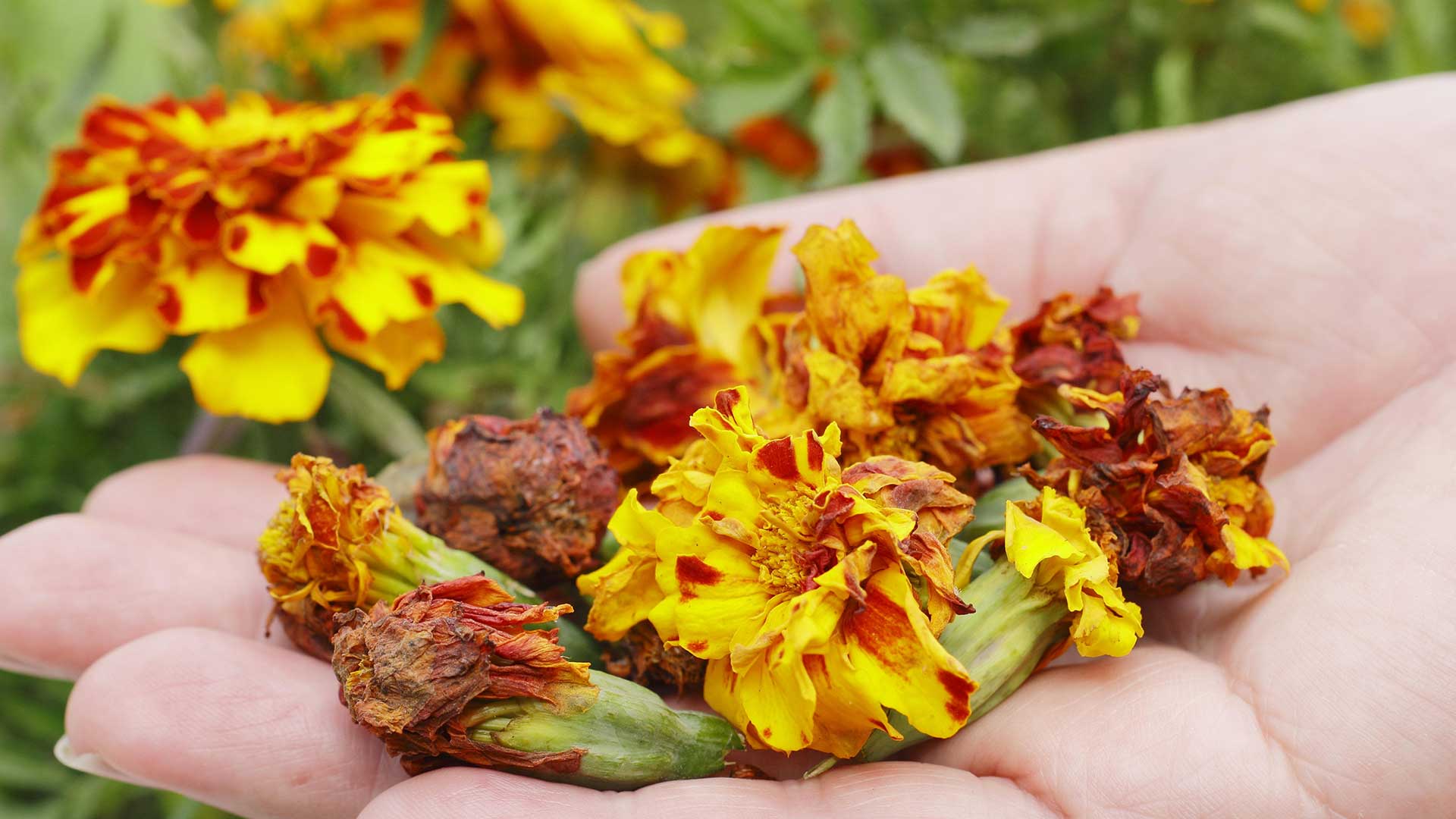
FAQs
When should you deadhead flowers?
Tim says, "It is recommended to deadhead plants throughout the growing season as soon as flowers fade. Check plants regularly for spent blooms and deadhead as needed to encourage continuous flowering."
Pim says it's one of those jobs a gardener can be doing several times a week, but it's also one of the most rewarding. "The more often you do it, the less time each session takes," he adds.
Remember, this isn't just a job for the summer. Plants blooming in the cooler months can benefit from deadheading, too, such as pansies.
Which plants should you deadhead?
Tim says, "Key varieties of plants that benefit from deadheading include roses, petunias, marigolds, and zinnias. These popular garden plants respond well to regular deadheading and will reward you with abundant and continuous blooms." It's worth deadheading peonies, too – their large blooms can be unsightly once they're past their best.
However, Pim notes that deadheading can be skipped on plants that set fruit, or those that produce ornamental seedheads. Alliums, for instance, add sculptural interest to flowerbeds, as does honesty (also known as Lunaria).
He also points out that blooms can be left to self-sow towards the end of the flowering season, if desired. Or, you can leave them to feed seed-eating wild birds in the winter, he adds.
Remember to leave some flower heads intact if you wish to collect seeds for sowing, too. This is a fun way to fill your garden with new plants for free.
Learning how to deadhead plants is one way to help your border and container plants flourish. But don't forget about the rest of your garden, too. Our guides on how to mow a lawn and how to clean patio slabs are full of helpful tips for keeping your space looking its best.







